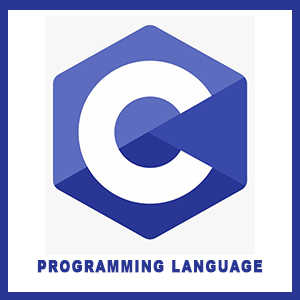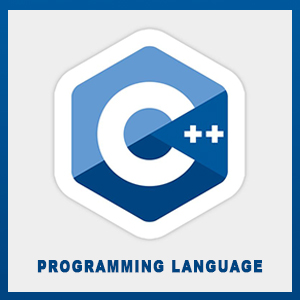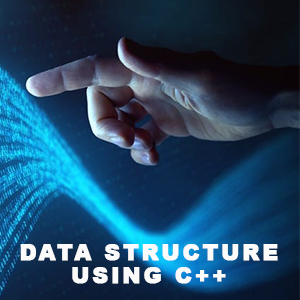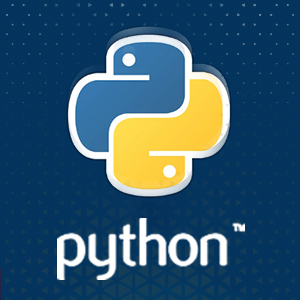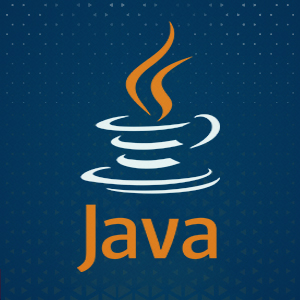Call For Inquiry
DATA STRUCTURES AND ALGORITHM IN C
Data Structures in C are used to store data in an organized and efficient manner. The C Programming language has many data structures like an array, stack, queue, linked list, tree, etc. A programmer selects an appropriate data structure & uses it according to their convenience to Structures Data and algorithms & their implementations in C.
A data structure is a named location that can be used to store and organize data. And, an algorithm is a collection of steps to solve a particular problem. Leeming data structures and algorithms allow us to write efficient and optimized computer programs
- Abstract data types
- Order lists and arrays
- Polynomial representation using arrays
- Algorithm analysis using frequency count
- time complexity using dig O notation
- Recursive calls
- Array
- Bidirectional map
- Bit array
- Bit field, Bit board
- Bitmap
- Circular buffer
- Control table
- Dynamic array
- Hashed array tree
- Height map
- Lookup table
- Matrix
- Parallel array, Sorted array
- Sparse array
- Sparse matrix
- Life vector
- Variable-length array
- Doubly linked list
- Linked list
- Self-organizing list
- Skip list
- Unrolled linked list
- V List
- Xor linked list
- Zipper
- Doubly connected edge list
- Manipulating on singly linked list
- Insertion
- Deletion
- Copy
- Append
- Circular list
- Double linked list
- Polynomial addition using linked list
- Sparse matrix
- What is stack
- Push and pop operation of stack
- Evaluation of arithmetic expression in stack
- What is queue
- Types of queue
- Simulation using queues
- Linked list represents stack& queues
- Height
- Representation using pointer
- Recursive & Non-recursive
- Tree construction using pre-order index
- past order in-order traversal
- Relationship between internal and external nodes
- Threshed binary trees
- Binary search tree-time complexity
- insertion and retrieval
- Heaps and priority queues
- AVL trees
- B-trees
- AA tree
- AVL tree
- Binary search tree
- Binary tree
- Cartesian tree
- Randomized binary search tree
- Red-black tree, Rope
- Scapegoat tree
- Self-balancing binary search tree
- Splay tree
- T-tree
- Tango tree
- Threaded binary tree
- Top tree
- Treap
- Weight-balanced tree
- B-tree
- B+ tree
- B*-tree
- B sharp tree
- Dancing tree
- 2-3 tree
- 2-3-4 tree
- Queap
- Fusion tree
- Bx-tree
- Ternary search tree
- And or tree
- (a,b)-tree
- Link/cut tree
- SPQR-tree
- Spaghetti stack
- Disjoint-set data structure
- Fusion tree
- Enfilade
- Exponential tree
- Fenwick tree
- Van Emden Boas tree
- Segment tree
- Interval tree
- Range tree
- Implicit kd-tree
- Min/max kd-tree
- Adaptive k-d tree
- Quadtree
- Octree, Linear o-c tree
- Z-order
- R-tree, R+ tree, R* tree
- Hilbert R-tree
- X-tree
- Metric tree, Cover tree
- M-tree, VP-tree
- BK-tree
- Bounding interval hierarchy
- BSP tree
- Rapidly exploring random tree
- Syntax tree
- Abstract syntax tree
- Parse tree , decision tree
- Alternating decision tree
- Mini max tree
- Finger tree
- Insertion in array
- Deletion in array
- Reverse of array
- Traversing of array element
- Sequential and binary search
- Time complexity
- Selection and bubble sort
- Quick sort
- Merge sort
- Heap sort
- Hashing schemes
- Collision handling using linear
- quadratic probing
- Bloom filter
- Distributed hash table
- Hash array mapped tree
- Hash list
- Hash table
- Hash tree
- Prefix hash tree
- Graph operation
- Representation
- Traversal, Spanning trees
- Kruskal's algorithm for minimum cost Spanning trees
- Prim's algorithm for shortest path
- Dijkstra's algorithm for shortest path.
- Adjacency list,
- Adjacency matrix
- Graph-structured stack
- Scene graph
- Binary decision diagram
- Zero suppressed decision diagram
- And-inverter graph
- Directed graph
- Directed acyclic graph
- Propositional directed acyclic graph
- Multi graph
- Hyper graph
- Light map
- Winged edge
- Doubly connected edge list
- Quad-edge
- Routing table
- Symbol table

Related Courses
Explore Our Top Categories
The Ultimate IT Training: From Basics to Breakthroughs Join Our free WebinarTableau Certification
Are you ready to future-proof your IT career and stay ahead in the fast-evolving tech landscape? Join our exclusive webinar, Transform Your IT Career!
29 March, 2025 - 11- AM
Free Webinar
Register Now
Latest Blog Updates



Transform Your Career with Insta InfoTech - Premier IT Training Institute
Join Insta InfoTech for cutting-edge IT training programs designed to boost your skills and career prospects. Offering expert-led Courses in Software Development, Data Science, Cybersecurity, and more.
00+
Trained Students
00+
Years of Experience
00+
Countries Represented
00x7
Support


What We Offer
At Insta Infotech, we specialize in a wide array of courses across domains like:
Send Us Email





